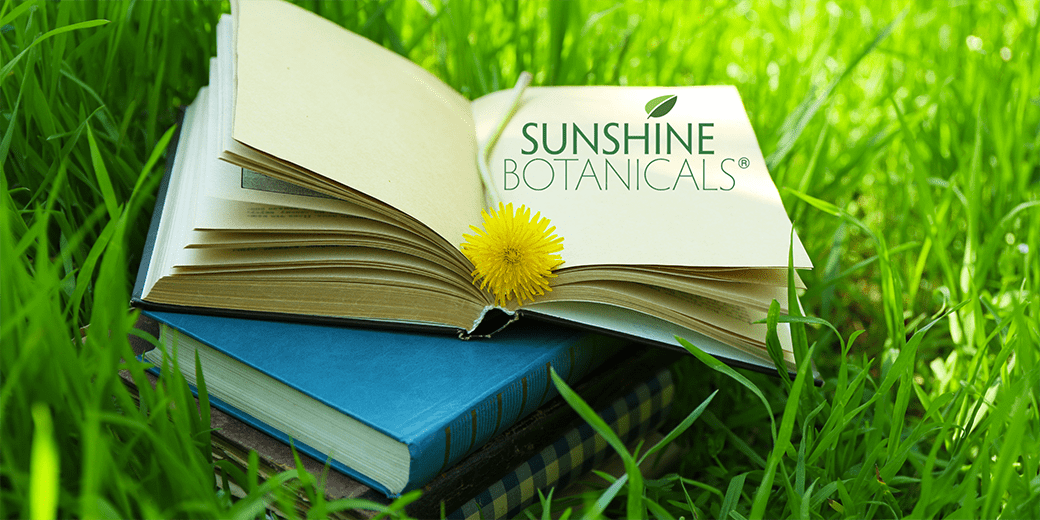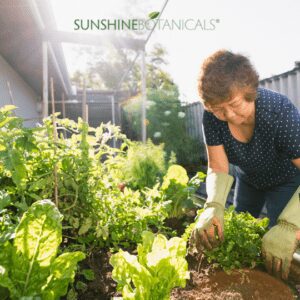
When folks lacked the time, money, and wherewithal to import exotic herbs from faraway places, they first turned to the superfoods that were growing underfoot – abundant, weedy herbs like dandelion, violets, and black walnuts. Before “locally sourced” was a buzzword, it was simply a fact of life. Before it was artisanal, it was the only thing that was affordable and accessible. Before herbs were on-trend, they were merely a necessity for those who wanted to stay healthy and avoid illness.
Preparing the Medicine Outside Your Door
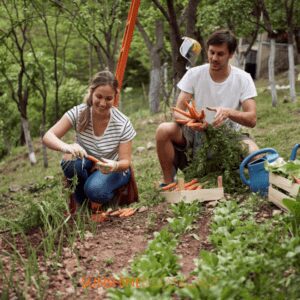
How the natural rhythms of the earth complement making maximum-potency herbal medicine are key to acknowledge and practice. These patterns include flowing with the lunar calendar, digging roots like burdock and dandelion in the dark of the new moon, and harvesting fruits and flowers like hawthorn or chamomile in the bright light of the full moon. This time-honored tradition goes back centuries. Attuning to the wax and wane of the seasonal calendar is essential, too, which means preparing in the spring to gather buds, leaves, and flowers, in the summer to collect seeds, and in the late fall or early winter to gather roots and rhizomes.
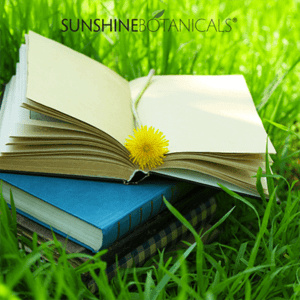
Mood Medicine is Everywhere
Uplifting the spirits of the people around them is one thing that plants do best. In an authentic way, there’s a sense in which most of us experience a deficiency in herbs. This botanical deficit is linked to our modern disconnected lifestyle. It is directly correlated to our food being less nutritious than it once was because of soil quality, environmental pollutants, and the daunting array of environmental toxins that come at us from every direction. Integrating herbal medicine into everyday life in basic ways is simply the best stepping stone to living a life that is more connected (to the earth) and less pressurized.
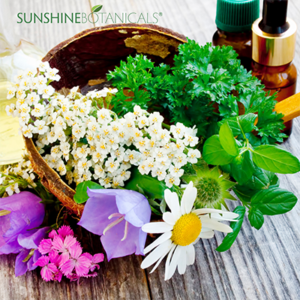
Harvesting herbs has long been understood to be a task as sacred as it is mundane. Both ancestors steeped in the old ways of doing things and modern herbalists alike know that to get the most out of a particular plant, one must enter into a relationship with it in a respectful and reciprocal way. When we harvest and use herbs with gratitude, patience, and reverence, we can fulfill the depth of possible plant-people connections. The gatherer is satisfied with empowered self-care and interdependence with the natural world, and the plants often benefit from conscientious human involvement. This relationship makes for the best medicine of all.
I can’t wait to show you more! Follow us on FB and sign up for our newsletter.
My Passion is your solution!
![]()
